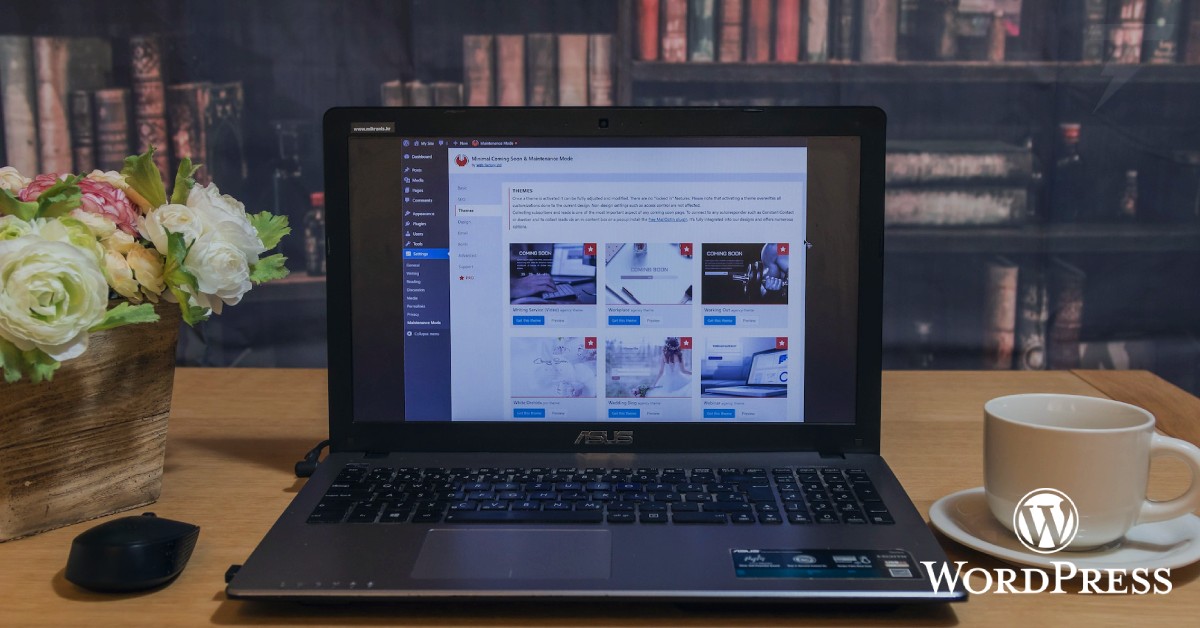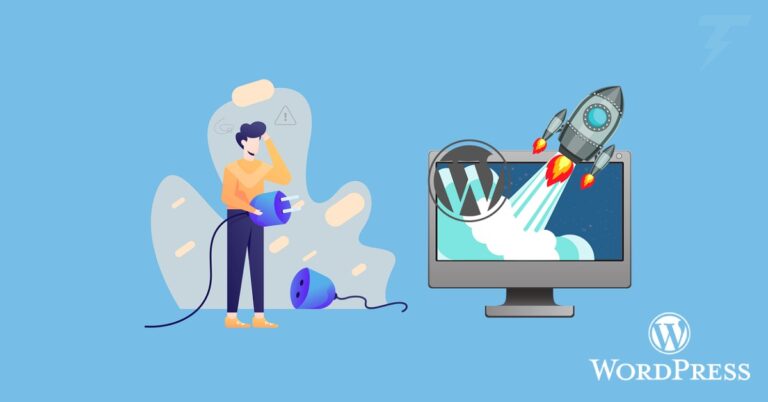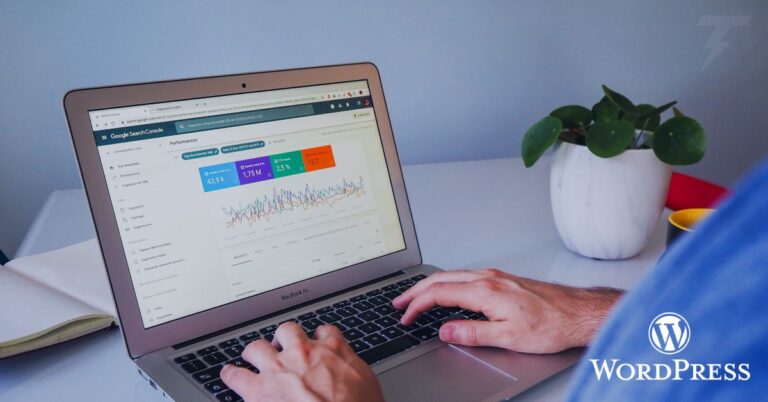Creating a website that works well and is easy for people to use is a must in today’s digital world. WordPress gives you the tools to build websites that are interactive and full of features that your audience will love. With the power of WordPress, you can create dynamic and feature-rich websites that cater to your audience’s needs. This comprehensive guide will take you through the step-by-step process of building a functional WordPress website from scratch. Whether you’re a beginner or looking to enhance your web development skills, this guide has you covered.
Unveiling the Art of Building Functional Websites
Building a functional WordPress website entails crafting a virtual space that seamlessly blends design, content, and user experience. Your website serves as the digital face of your brand, making it crucial to create a site that not only looks appealing but also offers meaningful interactions for your visitors.
Step-by-Step Guide to Building a WordPress Website
Step 1: Domain and Hosting
Before diving into the technicalities, secure a domain name that reflects your brand. Choose reliable hosting to ensure optimal website performance.
Step 2: Installing WordPress
Most hosting providers offer one-click WordPress installation. Follow the instructions to set up the WordPress platform on your domain.
Step 3: Selecting the Right Theme
Choose a theme that aligns with your website’s purpose and aesthetics. Look for responsiveness, customization options, and a clean design.
Step 4: Essential Plugins
Leveraging the Power of Plugins
Integrate essential plugins to enhance your website’s functionality:
- SEO Plugin: Optimize your site for search engines to improve visibility.
- Security Plugin: Safeguard your website from potential threats and attacks.
- Contact Form Plugin: Allow users to easily get in touch with you.
- Caching Plugin: Enhance website speed by caching frequently accessed content.
Step 5: Content Creation
Crafting Compelling Content
Create high-quality and engaging content that resonates with your target audience. Incorporate a mix of text, images, and multimedia elements to keep visitors interested.
Step 6: Customization and Branding
Tailoring Your Website's Look
Customize your theme’s colors, fonts, and layout to match your brand’s identity. Consistency in branding reinforces your online presence.
Step 7: Navigation and User Experience
Enhancing User Navigation
Design a clear and intuitive navigation menu that enables visitors to explore your website with ease. Group related content and prioritize user experience.
Step 8: Optimization for Speed and Mobile
Speed and Mobile Optimization
Optimize images, minify CSS and JavaScript files, and leverage browser caching to improve website speed. Ensure your website is responsive and looks great on various devices.
Step 9: Testing and Quality Assurance
Rigorous Testing
Thoroughly test your website’s functionality, links, forms, and overall user experience. Fix any issues or inconsistencies that arise during testing.
Step 10: Launch and Maintenance
The Grand Launch
With thorough testing completed, launch your website for the world to see. Regularly update plugins, themes, and content to keep your website secure and up to date.
Building a functional WordPress website is an empowering journey that combines creativity and technical skills. By following this step-by-step guide, you’ve acquired the tools to create a website that not only meets but exceeds user expectations. Your functional website not only serves as a valuable asset for your brand but also contributes to a seamless online experience for your visitors.



